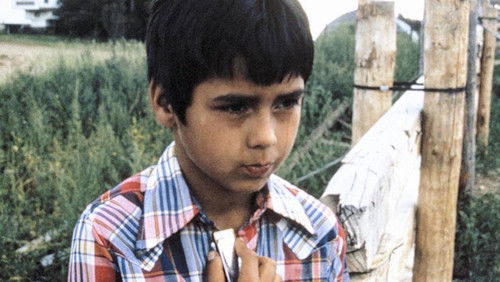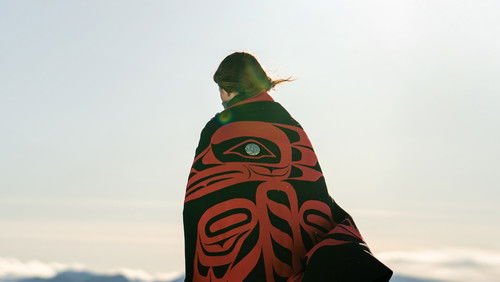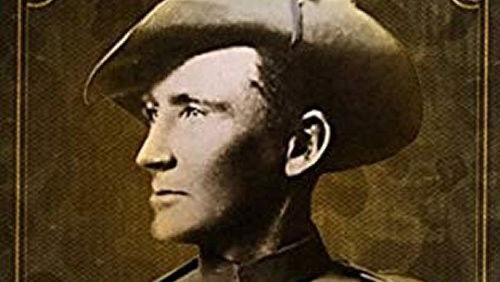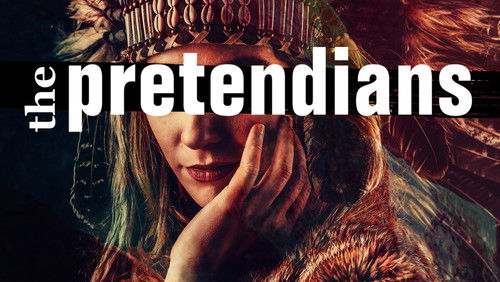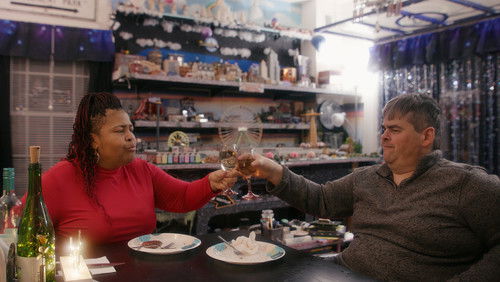Getting to the Nutcracker (2014)
64KGetting to the Nutcracker: Directed by Serene Meshel-Dillman. Every Christmas season, The Nutcracker Ballet is performed in cities all over the world. What does it really take to produce this ballet each year? Our documentary film, Getting to The Nutcracker, takes you inside the Herculean effort involved in gathering the resources, assembling the volunteers, casting the dancers, rehearsing and staging the performances of this classic ballet. Los Angeles-based Marat Daukayev School of Ballet, led by the former Kirov star, takes you behind the curtain from auditions, the rigorous hours of rehearsals, the joy of landing a principal role to the pain of losing one. The dancers (boys and girls ages 3-18) are profiled; passionate people who, with their families, make incredible sacrifices of time and money just so that they may dance.
“This is a wonderful documentary, exemplying the extraordinary amount of work it takes to put on such a dazzling complicated production, especially when relying on so many, so very young dancers. The little ones are adorable and obviously enjoying themselves, yet work just as hard and are as determined to do well as the older students. Even 5 year olds recognize the value of hard work and the benefits of trying again and again to improve, while knowing they will likely never achieve u0026quot;perfectionu0026quot; (a very important point emphasized throughout the documentary). As one father explains, dancers learn the value of failure and thatu0026#39;s an excellent thing to learn for anyoneu0026#39;s long term success, whether they stay in dance or not. u003cbr/u003eu003cbr/u003eThe film also gives well-earned credit to the dedicated parents who donate thousands of hours to aiding their children in achieving their dreams and to the success of the production–even to the point of coming in from China to allow their child to participate, or taking leave from work in order to be there. And of course, thatu0026#39;s not counting the amount of time (and money!) they spend schlepping these students back and forth from classes, rehearsals and everything else that goes along with becoming and being a dancer. Some of the parents were even roped into appearing on stage–much to thier chagrin and in some cases, embarrassment, but just like the children, they soldiered on–giving their all to support their children and the production and the school, alike. One father expresses it as uncomfortable (as well as unexpected) to be on stage yet chose to view it as an opportunity for him to participate with and spend time with his daughter in a way he may never have again, something he obviously treasures given he literally took extended time off work in order to do so. u003cbr/u003eu003cbr/u003eThe love and caring from these parents for their children is front and center–no selfishly neurotic stage parents here. Even the children who originally disliked dance (the parents were teachers after careers as professional dancers–or they were sitting around while sisters took classes) werenu0026#39;t forced to dance, their desires were allowed to grow naturally. You wonu0026#39;t see parents yelling or pushing their kids here! Yet despite all of the time, pain, injuries and hard work, their excitement is palpable–parents and children alike. Make no mistake, supporting a child who is serious about any endeavor–dance, sports or chess, takes effort and resources (not every parent is equipped or able to provide). I loved the relationships–wheter between parent and child, child and troupe, or teachers to students, as they were depicted here, they were truly inspiring.u003cbr/u003eu003cbr/u003eOne reviewer was complaining about the lack of u0026quot;creditu0026quot; for these fine young dancers (400? of them?!?), yet each dancer interviewed was in fact identified by first name. It is important to remember that all of these dancers are minors–and in fact children; some of the principle dancers are as young as 13! with some of the corps dancers as young as 5 (it appeared there were some children participating who were likely even younger). This is a school not a professional troupe, and as such they have a rsponsibiltiy for protecting the privacy of thier students–despite participating in such a public endeavor. Providing last names could open up an entire can of worms these children and their families might not be able to deal with. That said, all of the PRINCIPLE dancers ARE given full credit (last names included) at the end of the movie in the usual place–so if you wish to follow their careers you may look them up. The end of the film also lists scholarships and the professional opportunities that opened up for individual students as a result of their performances. These are talented kids!u003cbr/u003eu003cbr/u003eOf course NONE of this would be possible without the efforts and commitment of the instructors–particularly the head of the school, Marat Maratovich. What a wonderful ad for the school! I hope they gained a great deal of funding from this documentaryu0026#39;s depiction of their methods. As it is, itu0026#39;s pretty obvious that they struggle under financial limitations—tutus for their performances are donated, and much of the back stage work is donated by parents. Unlike the Russian tradition in which he was schooled, students here are not abused or pushed beyond reasonable limits. Itu0026#39;s obvious that he respects his students-and their parents, and that this is in turn reciprocated. u003cbr/u003eu003cbr/u003eThis is truly a wonderful school and a terrific documentary showing the backstage workings of a well-known traditional production. Smiles, hugs and tears of joy and sadness that itu0026#39;s all over abound at the end.”
